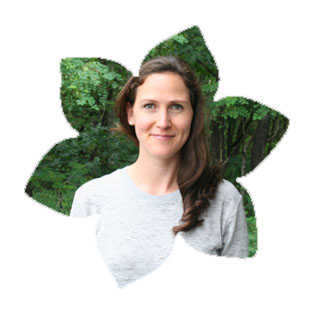Communities lose in timber reallocation
(Part 1 of a planned series of updates on community forestry)
It has been 14 months since the BC government announced their reforms of BC’s forestry laws. The so-called reforms included a promise to take back 20% of logging rights from the major corporations, for reallocation to communities, First Nations, and auctions (to small business).
How come the ersatz “most significant forestry reforms in 50 years” have dropped out of sight? Where are the media reports about communities that have benefited, and the communities that have lost? Where are the government photo ops with communities that have been reallocated wood? Where are the new community forest operations the Minister of Forests and various MLAs were promising in spring 2003?
There aren’t any. No media reports, no government studies, no reallocations to communities.
Why? Because the re-allocation wasn’t actually 20% as advertised. And the government has been consumed with trying to buy off First Nations with “accomodation agreements,” and hasn’t bothered to follow through with the community reallocation.
This reality is starkly evident to community forest advocates like the Shawnigan Lake Watershed Watch (SLWW), a local group with more than 300 active members who have for several years been seeking a community forest licence for their area.
The SLWW is a prime example of a group that ought to have a licence: well-organised local people with the right range of skills, coming together out of their concern about water quality in their watershed and about job prospects for their community. The forest industry on the south island, with TimberWest the main operator, is concerned about neither, and is damaging both.
SLWW wasn’t one of the 11 communities lucky enough to benefit from the community forest pilot program started in the late 1990s (out of more than 110 that sought a licence–see our community forests report). The problem: most timber is tied up in industrial tenures.
Groups like SLWW celebrated when the BC government announced the 20% takeback last year. But in late May, after repeated letters to various ministries, and a successful campaign to gain the support of their local MLA, the SLWW heard the bad news from an official with the Ministry of Forests, who called them on behalf of Deputy Minister Doug Konkin.
The message from the Deputy Minister? The timber reallocation process is slowly grinding along, and small tenure operations, and in particular community forests, are last on the list. First are First Natoins–since the government is using small bits of wood supply as a lure for the accommodation agreements mentioned above–and then timber sales (an inadequate auction process intended to fool US officials into thinking government fees for wood are based on fair market value), and woodlots. Then community forests.
No one is taking any bets that there will be anything left for community forets–not after the government uses the reallocations to try to finesse the political controversies of Aboriginal land claims and the softwood lumber dispute. Mr Funk’s message was certainly clear. Community forests just aren’t a hot enough issue for this government. They don’t, in short, have the necessary leverage to get attention.
There may be hope. The SLWW has considerable community support. The kind of support that got their hitherto evasive MLA’s attention and made him a supporter. The group’s request for a meeting iwth Doug Konkin, the Deputy Minister of Forests, may help. Mr Konkin is a supporter of community forests. And most important of all, the SLWW may be able to gain some leverage–due to some development projects the desperate-for-cash Land & Water BC is planning for the region. Stop those projects, and you have the government’s attention. As we enter election year, a little leverage may be enough to get a little bit of wood supply and protect both jobs and the environment in the beautiful Shawnigan Lake watershed.
Dogwood Initiative will continue to advise and support community forest advocates in their pursuit of sustainable communities.
